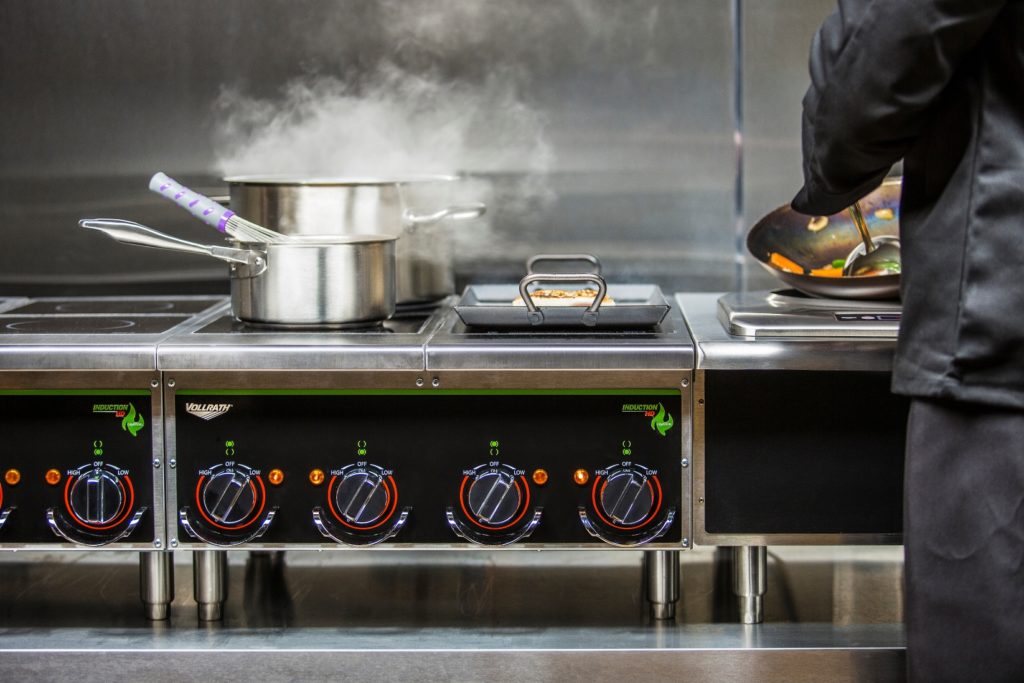
Without a doubt, your electric cooperative serves what’s known as the commercial cooking market. That encompasses everything from school cafeterias, to mom and pop diners, to chain restaurants—all of which have this in common: Beneficial electrification could help them.
But while they’d save money moving to modern electric appliances, this isn’t going to be the easiest job for your key accounts manager.
“The challenge with this segment is they’re not particularly worried about energy consumption. They’re worried about delivering lunch and dinner for their customers,” said Brian Sloboda, with NRECA’s Business and Technology Strategies Department.
And that’s not all.
“They don’t change out the cooking equipment very often. They repair it, they keep it going, because they don’t want to have that big upfront cost,” Sloboda said, noting that few restaurants have a high profit margin, and many fail soon after opening.
“When you’re just making ends meet and trying to keep the door open, you’re not looking at long-term cooking investments. That makes the sale more difficult for the co-op.”
But it’s not impossible. A lot of new commercial cooking technology exists that co-ops should be aware of. For example, induction cooktops, which quickly reach the required temperature with only the surface under the pan getting hot.
“It’s also safer. You can leave it on and the cooktop only gets hot when you put the magnetic pan on it, and it transfers the heat to that pan,” said Sloboda.
Multi-use equipment combining steam and convection cooking capabilities is another innovation. It can replace about half of the cooking appliances typically found in eateries, saving space where the food is made while allowing more room where the money is made.
“When you design a restaurant you want as much floor space for your customers so you can have more customers. It’s where your profit is,” said Sloboda.
There’s also “sous-vide” cooking, in which meat and fish in sealed plastic bags are placed in hot water immersion cookers. This can be done ahead of time and the food held for long periods without losing quality.
“You can get a ribeye steak out to a customer in two minutes, because now all you’re doing is browning it,” said Sloboda. That clears tables faster for the next diners.
Installing more electric appliances results in higher electric bills, so co-ops should be prepared to point out that members will see savings elsewhere.
“Because we’re talking about technologies that are more efficient, their total fuel purchases are going to go down. The gas bill and the propane bill go down, so at the end of the month there will be a net dollar savings,” ultimately increasing satisfaction with the co-op, said Sloboda.
A restaurant that’s saving money while improving service is more likely to survive—and even thrive—in a highly competitive industry. And Sloboda said that if a local business makes more money, “that’s going to benefit the local economy, and that’s one of the missions of the co-op: concern for community.”
NRECA’s Business and Technology Strategies Department has a new case study on beneficial electrification in commercial cooking. A PDF version can be downloaded here.
Michael W. Kahn is a staff writer at NRECA.